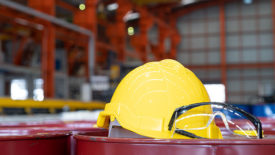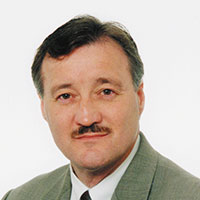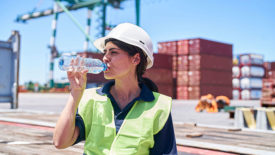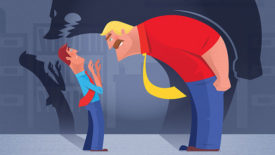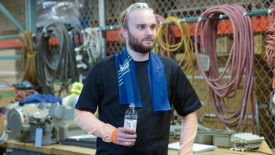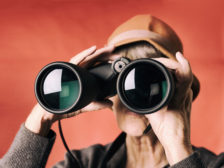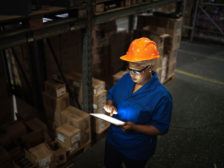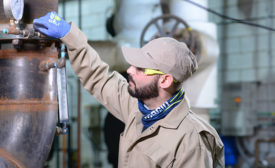Home » Keywords: » worker health and safety
Items Tagged with 'worker health and safety'
ARTICLES
AIHA will emphasize a specific worker health and safety theme every week throughout September
Read More
Best Practices
How to interpret the Pregnant Workers Fairness Act
PWFA: Historic and inevitable
March 15, 2023
Editorial Comments
Report uncovers extreme stress facing industrial workers
Demanding roles taking tolls on workers’ mental health and bodies
November 16, 2022
Cover Story
8 steps to a winning heat safety plan
Together, 30 experts create actionable solutions to reduce injuries
July 12, 2022
Best Practices
Can PWFA transform how OHS is practiced?
Pregnant workers bill could be enacted this year
April 27, 2021
Get our new eMagazine delivered to your inbox every month.
Stay in the know on the latest safety trends.
SUBSCRIBE TODAYCopyright ©2024. All Rights Reserved BNP Media.
Design, CMS, Hosting & Web Development :: ePublishing
